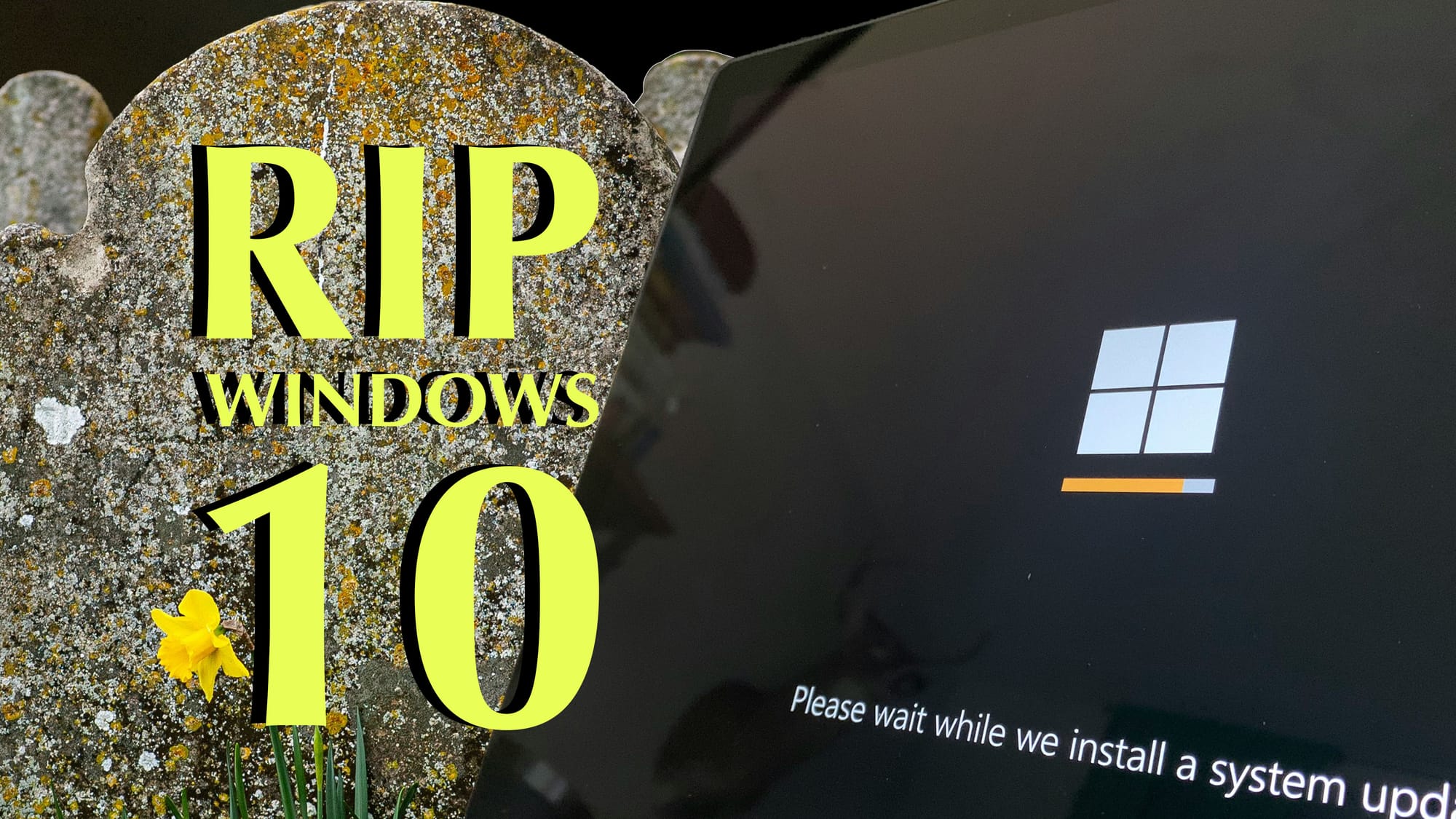
Wednesday’s end of free Windows 10 support is an environmental disaster in the making, with as many as 400 million computers that cannot be upgraded to Windows 11 set to be cut off from receiving free security updates. The move is an egregious example of planned obsolescence that will inevitably result in the early deaths of millions of computers that would have otherwise had years of life left, and it is set to affect as many as 42 percent of all Windows computers worldwide.
“There’s 400 million computers that are going to enter the waste stream. That’s a disaster, just in terms of the sheer volume,” Nathan Proctor, director of consumer rights group PIRG’s right to repair campaign, said on the 404 Media Podcast. “And then you have people who are going to ignore the warnings and use a computer that’s insecure, so there’s going to [eventually] be some widespread security problems with these older, unsupported, no longer getting security updates computers.”
Microsoft has said it “will no longer provide free software updates from Windows Update, technical assistance, or security fixes for Windows 10. Your PC will still work, but we recommend moving to Windows 11.” The problem with this is that millions of computers don’t have the technical specs to move to Windows 11, and some large, unknown number of Windows 10 devices are owned and operated by businesses, governments, and large organizations like schools and nonprofits whose procurement rules do not allow them to operate devices that are no longer getting security updates. This means that these organizations will necessarily have to buy new devices, which has become a big topic of conversation on the r/sysadmin subreddit, a community of IT professionals who manage big fleets of computers.
This inevitably means that many of those devices are going to end up in landfills and e-waste facilities, and that people are going to have to buy new computers, one of the more egregious examples of planned obsolescence in recent memory. Experts have repeatedly made clear that extending the use of any given device, either through repair, software updates, or just keeping a device for longer, is extremely important, because it delays all the carbon emissions associated with mining the raw materials needed to produce a new device and the energy and emissions associated with manufacturing and shipping that new device.
Notably, Microsoft is going to continue offering security updates to customers who pay for them, meaning that it would be trivial for the company to continue to offer critical security updates for free. This is notable because we have seen unpatched Windows computers and devices turned into ransomware and botnets, most notably the 2017 WannaCry ransomware attack, in which repurposed, leaked NSA hacking tools attacked computers running Windows XP and Windows Server 2003. WannaCry was one of the most devastating widespread cyberattacks in history.
Microsoft’s decision to sunset Windows 10 support is particularly concerning considering that more than 42 percent of all Windows users are currently using Windows 10. When Microsoft stopped supporting Windows 8, just 3.7 percent of computers were using it, and just 2.2 percent of Windows users were using Windows 8.1 when Microsoft stopped supporting that operating system.
“More than 40 percent of Windows users still use it,” Proctor said. “So to cut support for something that is legitimately a flagship product is bizarre. No one expects Microsoft to do software updates forever, but when 43 percent of your customers are using it, it’s not obsolete.”
Proctor and PIRG have launched a campaign pressuring Microsoft to extend support. Petitions and open letters of this sort aren’t known for being terribly effective, but when it comes to shaming companies into extending support for environmental and security reasons, there is one very big, very important precedent. In 2023, after widespread outrage from right to repair advocates, consumer rights groups, school districts, and enterprise buyers, Google agreed to extend automatic updates for Chromebooks to 10 years. The move saved millions of devices from going into landfills and ewaste facilities.
“What happened with Google and Chromebooks is an example that gives me hope that we can win,” Proctor said. “During the pandemic, schools bought massive quantities of Chromebooks, then it turns out that Chromebooks have this thing called the AUE [automatic update] date, which is a preset end of support date, which in some cases was just a couple years after the computers were brought brand new. There were photos from the Oakland Unified School District in California of thousands of working Chromebooks that were headed to the recycler because the AUE date had passed and they weren’t getting security updates, which meant they were ineligible to get some of the enterprise software they needed.”
“And so they were getting replaced by the thousands, and we organized a bunch of these school districts and institutional purchasers of Chromebooks,” he added. “Google initially resisted what we were doing, but then after a couple of months, they just flipped and said, ‘OK, we’re going to have 10 years minimum support timeline for all Chromebooks from here on out.’”
You can listen to and watch 404 Media’s full interview with Nathan Proctor here.
